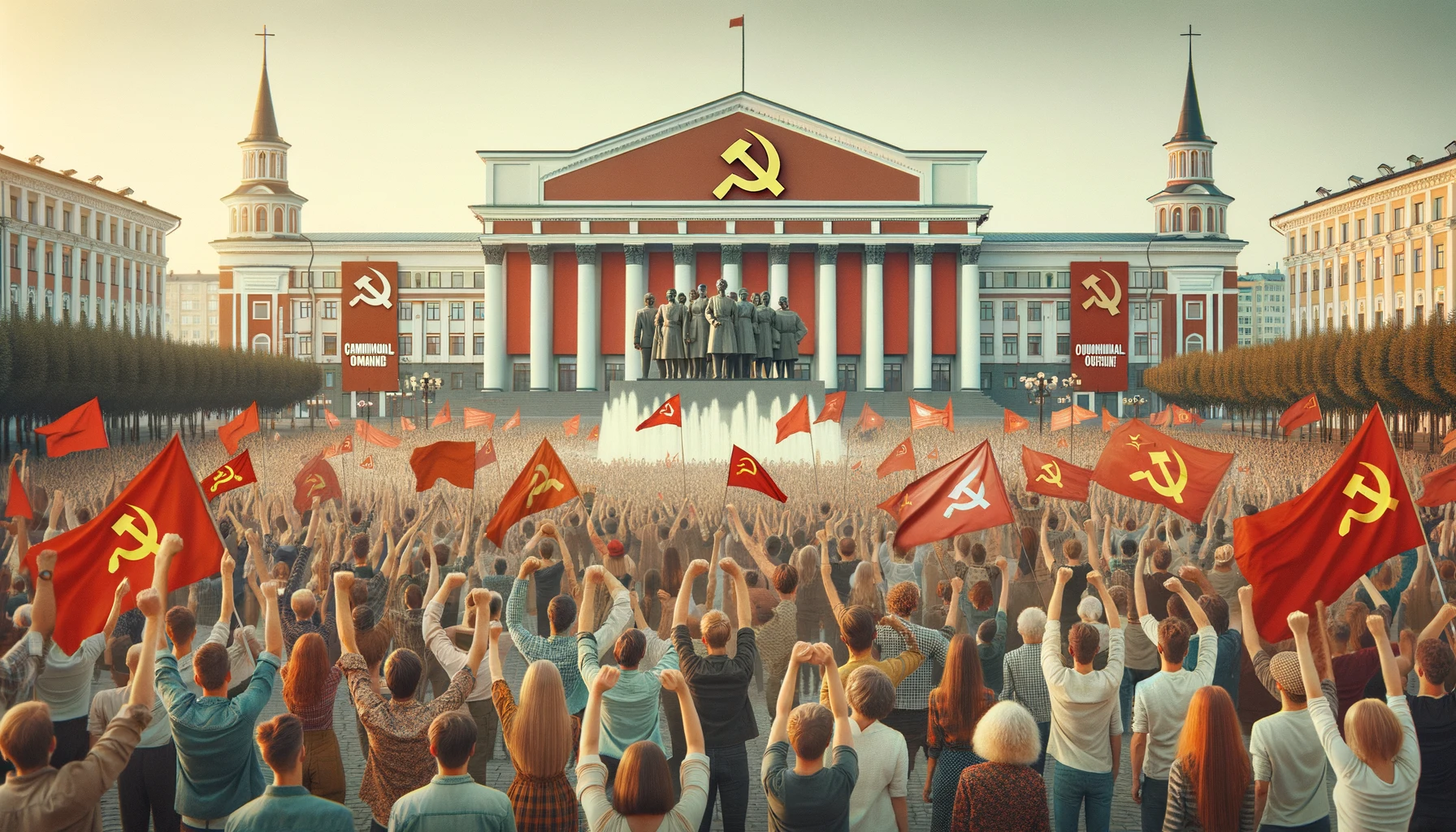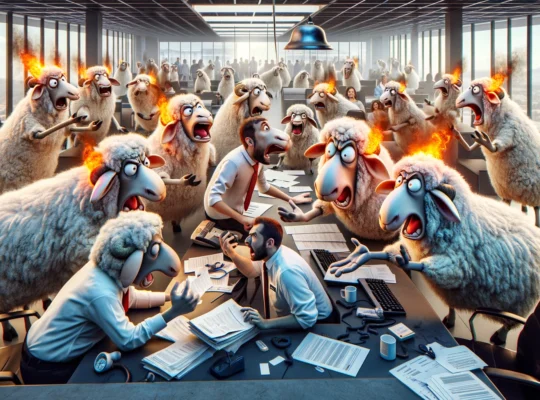Disclaimer: The winner write the history.
The dissolution of the Soviet Union in 1991 marked a seismic shift in global geopolitics. Once a superpower that rivaled the United States, the USSR’s disintegration into fifteen separate countries was profound and unexpected. But what led to this monumental collapse? The reasons are manifold, intertwined in a complex web of political, economic, social, and international dynamics.
1. Economic Stagnation: The Soviet economy, especially in its later years, was characterized by stagnation. Centralized planning, while effective during the early industrialization phase, became a liability. The economy was riddled with inefficiencies, with vast amounts of resources wasted or misallocated.
2. Military Spending: During the Cold War, the arms race with the United States took a heavy toll on the Soviet economy. A significant portion of the nation’s GDP was funneled into defense spending, straining an already struggling economy and depriving other sectors of essential funds.
3. Political Corruption and Bureaucracy: The Soviet system became notorious for its bureaucracy and corruption. This not only stymied economic progress but also fostered disillusionment among the citizenry, eroding the legitimacy of the Communist Party.
4. Lack of Political Freedoms: The absence of political freedoms and human rights, coupled with state repression, fostered resentment. Over time, this suppression of dissent and lack of political openness became untenable.
5. Nationalistic Movements: The USSR was not a homogenous entity but a federation of diverse ethnic and national groups. As central control weakened, nationalistic sentiments grew stronger, leading to demands for greater autonomy or outright independence, especially in the Baltic states and Ukraine.
6. The Afghan War: The USSR’s invasion of Afghanistan in 1979 became its Vietnam. The decade-long conflict drained resources, claimed many lives, and became a symbol of the overreach and limitations of Soviet power.
7. Gorbachev’s Reforms: Mikhail Gorbachev’s twin policies of glasnost (openness) and perestroika (restructuring) were aimed at revitalizing the Soviet system. However, they inadvertently accelerated its demise. Glasnost allowed public criticism, which exploded in a pent-up wave of dissatisfaction. Perestroika sought to reform the economy but ended up destabilizing it further.
8. Rise of Boris Yeltsin: Boris Yeltsin’s rise to power signaled a shift from the old guard. As the president of Russia (the largest republic in the USSR), Yeltsin was a vocal critic of the central Soviet authorities and played a pivotal role in the dissolution process.
9. External Influences: The role of the West, especially the US, in the Soviet collapse is a matter of debate. However, the allure of Western democracy and market capitalism, along with diplomatic pressures, did influence internal dynamics.
Conclusion:
The fall of the Soviet Union was not the result of a single factor but a confluence of internal and external challenges that snowballed over time. It serves as a stark reminder of how even the mightiest of empires can falter when faced with a combination of economic inefficiencies, political rigidity, and unaddressed social discontent. While the Soviet Union is a chapter consigned to history, its lessons continue to resonate in contemporary geopolitics.















